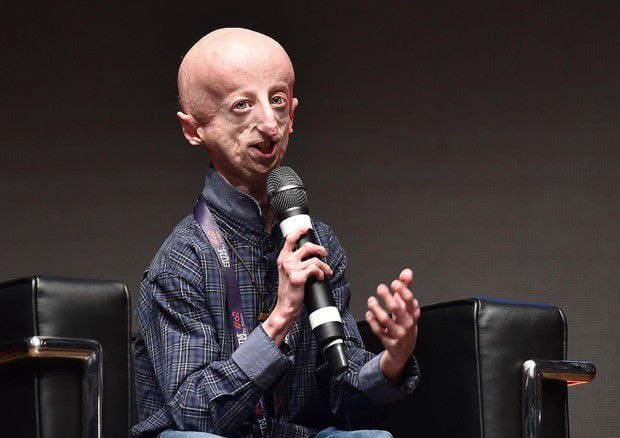Sammy Basso, the longest-living person with the rare genetic disease progeria, passed away at 28, the Italian Progeria Association announced on Sunday. Progeria, also known as Hutchinson-Gilford syndrome, causes rapid aging in children, leading to a life expectancy of just 13.5 years without treatment.
Basso, born in 1995 in Schio, Italy, was diagnosed with progeria at the age of two. In 2005, his family founded the Italian Progeria Association. Basso gained international fame through the National Geographic documentary Sammy's Journey, which followed his travels along Route 66 in the U.S. with his family and friend Riccardo.

Progeria affects one in every eight million children born, with only about 130 documented cases worldwide. The condition causes children to age rapidly after their first two years of life, leading to physical characteristics like hair loss, wrinkled skin, and joint stiffness. Despite these challenges, children with progeria generally have typical intelligence.

"Today our light, our guide, has gone out. Thank you, Sammy, for making us part of this wonderful life," the Italian Progeria Association shared on Instagram.
Progeria is caused by a mutation in the LMNA gene, which affects the structural integrity of cells, leading to premature aging. Although there is no cure, the drug lonafarnib has shown promise in slowing the disease's progression. Children with progeria often die from heart disease-related complications, such as heart attacks or strokes, due to early-onset atherosclerosis.
Basso defied the odds, living 14 years beyond the typical life expectancy for someone with the condition. His story inspired many, not only for his resilience but also for his work in raising awareness of progeria.
Doctors continue to research treatments for progeria, with a focus on medications that may prolong life and improve quality of life for those affected. Lonafarnib, the most promising treatment so far, has increased the survival rate by an average of two and a half years. Physical therapy is also used to help children with the disease maintain mobility and manage pain.
Though Basso is gone, his legacy lives on through the Italian Progeria Association and the many lives he touched. He leaves behind an indelible mark, raising awareness about this rare condition and inspiring others to live life to the fullest despite challenges.









